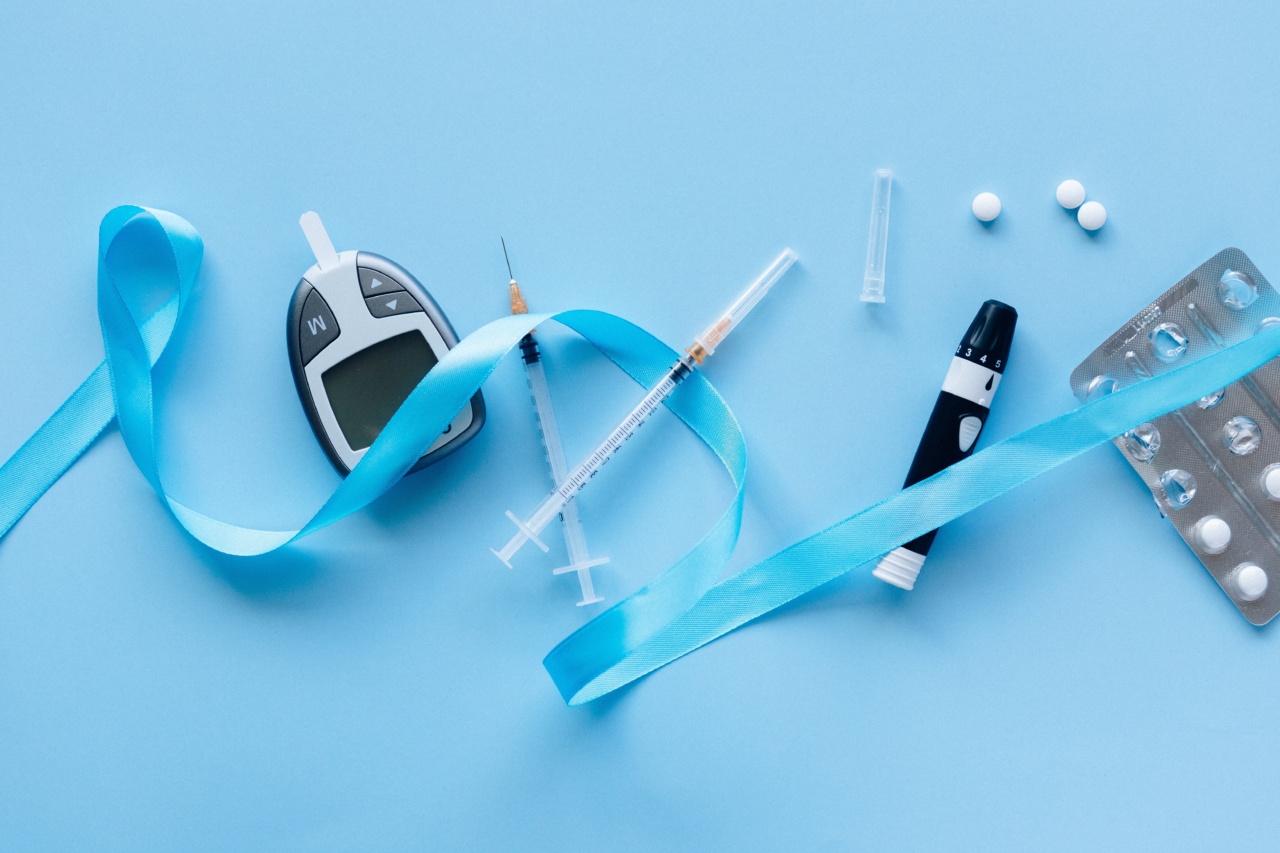Diabetes is a chronic condition that affects millions of people worldwide. It requires lifelong management and access to proper healthcare services to prevent complications and improve outcomes.
However, the unfortunate reality is that income level plays a significant role in determining the quality and availability of diabetes care. Individuals with lower income face a multitude of challenges in accessing necessary care, which ultimately affects their health and well-being.
The Impact of Income on Diabetes Management
Low-income individuals face several barriers when it comes to managing their diabetes effectively. One of the primary challenges is limited access to quality healthcare providers.
In many cases, these individuals may not have health insurance or may be underinsured, making it difficult for them to afford regular doctor visits, medications, and necessary supplies for managing their diabetes.
The cost of insulin, one of the essential medications for diabetes management, has been skyrocketing in recent years.
This significant increase in price has placed a considerable financial burden on individuals with low income, often forcing them to ration or skip doses to make their medications last longer. This, in turn, can lead to uncontrolled blood sugar levels and serious health complications.
Additionally, low-income individuals may not have the resources to access essential diabetes education and self-management programs.
Diabetes self-management education is crucial for individuals to learn about proper nutrition, physical activity, medication management, and monitoring blood sugar levels. Unfortunately, these educational programs can be expensive or not available in certain areas, making it challenging for individuals with low income to access them.
Healthcare Disparities and Implications
The disparities in diabetes care based on income levels contribute to significant health disparities among different socioeconomic groups.
Individuals with low income are at a higher risk of developing complications related to diabetes, such as cardiovascular disease, kidney disease, and blindness. These complications not only impact their quality of life but also lead to increased healthcare costs for both the individuals and the healthcare system as a whole.
Moreover, individuals with low income often experience delays in diagnosing diabetes or receive a diagnosis at a more advanced stage of the disease. This delay in diagnosis can result in more severe complications and poorer health outcomes.
For example, a person with diabetes who cannot afford regular blood sugar testing may not be aware of their consistently high blood sugar levels, which can lead to long-term damage to organs and tissues.
The limited access to quality healthcare also affects preventive care measures for individuals with low income. Regular check-ups, preventive screenings, and vaccinations are vital in detecting and managing diabetes and its complications.
However, many low-income individuals do not have the opportunity to benefit from these preventive measures, resulting in more advanced cases of diabetes and significant health issues.
Potential Solutions for a More Equitable Diabetes Care System
Addressing the disparities in diabetes care related to income levels requires a multi-faceted approach. Here are some potential solutions to create a more equitable system:.
1. Increased Access to Affordable Healthcare
Efforts should be made to ensure that all individuals, regardless of income, have access to affordable healthcare.
This can be achieved by expanding eligibility for health insurance programs, providing subsidies for low-income individuals, and increasing the number of healthcare providers in underserved areas.
2. Affordable Medication and Supplies
Steps must be taken to reduce the cost of diabetes medications, including insulin, as well as other necessary supplies.
Price regulations, generic options, and government subsidies can help make these lifesaving medications more accessible to individuals with low income.
3. Community-based and Telehealth Programs
Community-based programs and telehealth services can help bridge the gap in diabetes care. These initiatives can provide access to education, self-management programs, and regular check-ups for individuals who cannot easily access healthcare facilities.
Telehealth can particularly benefit individuals in rural or underserved areas.
4. Public Health Initiatives
Public health campaigns targeted towards low-income communities can increase awareness about diabetes, prevention, and early intervention.
These campaigns can focus on promoting healthy lifestyles, improving nutrition, and encouraging regular physical activity.
5. Collaboration and Resource Allocation
Collaboration between healthcare providers, government agencies, and nonprofit organizations is crucial in addressing the healthcare disparities related to income levels.
Sharing resources, funding initiatives, and coordinating efforts can help ensure that individuals with low income receive the necessary diabetes care.
6. Education and Empowerment
Education plays a vital role in empowering individuals to manage their diabetes effectively.
Community-based diabetes self-management education programs, workshops, and support groups can provide the necessary knowledge and support to individuals, regardless of their income level.
Conclusion
The link between income and access to diabetes care is undeniable. Low-income individuals face numerous challenges as they strive to manage their diabetes effectively.
The healthcare disparities resulting from income inequality contribute to poorer health outcomes and increased healthcare costs. However, by implementing affordable healthcare options, reducing medication costs, and focusing on community-based solutions, we can work towards a more equitable diabetes care system.
Improved access to diabetes care for individuals with low income is not only essential for their well-being but also for creating a healthier society overall.





























